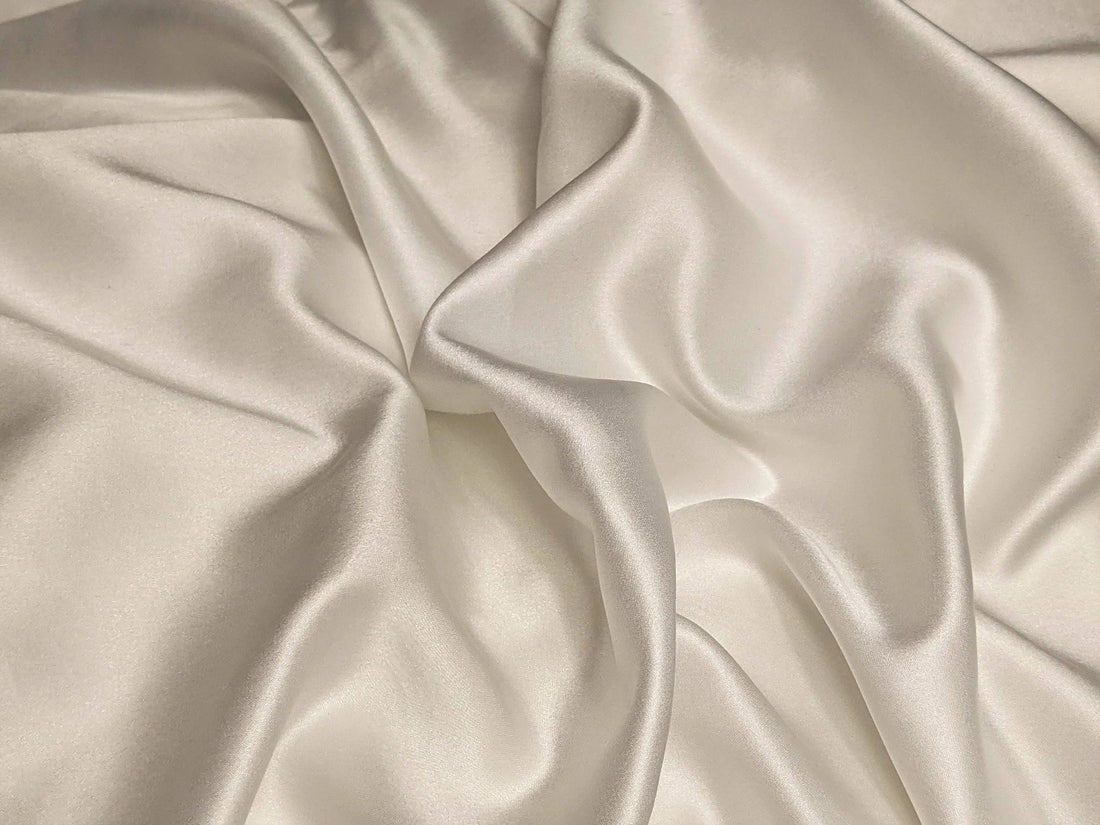
Modal vs Rayon: Understanding Semi-Synthetic Fabrics
Share
Modal vs Rayon: Understanding Semi-Synthetic Fabrics
When it comes to fabrics, most people are familiar with natural fibers like cotton and wool, or synthetic fabrics like polyester and nylon. But in between lies a fascinating middle ground — semi-synthetic fabrics. Two of the most popular names in this category are Modal and Rayon.
Although these fabrics share similar origins, they differ in performance, texture, and sustainability. In this blog, we’ll explore what makes Modal and Rayon fabrics unique, how they’re made, and which one is better suited for your clothing needs.
What Are Semi-Synthetic Fabrics?
Semi-synthetic fabrics are made from natural raw materials like wood pulp, but undergo chemical processing to become usable fibers. This blend of natural softness and synthetic durability gives them a unique position in the textile world.
Both Modal and Rayon belong to this category since they’re created from cellulose fibers extracted from wood. They offer the comfort of natural fabrics like cotton, while maintaining the versatility and smooth finish often seen in synthetics.
Rayon: The Pioneer of Semi-Synthetics
Rayon fabric was the first ever man-made fiber, developed in the late 19th century as a cheaper alternative to silk. Often referred to as “artificial silk,” Rayon became popular for its soft, lightweight, and breathable texture — ideal for warm climates and casual clothing.
Key Features of Rayon
- Soft and breathable: Feels similar to cotton fabric, keeping you cool and comfortable.
- Highly absorbent: Wicks moisture well, making it suitable for summer wear.
- Versatile: Blends easily with cotton, polyester, or spandex for different textures and finishes.
- Affordable: A cost-effective fabric choice for brands and consumers alike.
Drawbacks of Rayon
- Low durability: Rayon fibers weaken when wet and can lose shape.
- Prone to shrinkage and wrinkles: Needs gentle care during washing.
- Environmental concerns: Traditional viscose rayon uses harsh chemicals that can harm the environment if not properly managed.
Modal: The Modern Upgrade
Modal fabric is a premium type of rayon, often called high-wet-modulus rayon. It was developed as an upgraded version of traditional rayon to offer better strength, softness, and sustainability.
Typically made from beech tree pulp, Modal is processed using an eco-friendly, closed-loop system that recycles water and chemicals — reducing environmental waste significantly.
Key Features of Modal
- Exceptionally soft: Feels smoother and silkier than cotton or regular rayon.
- Durable and strong: Retains its structure even when wet, ideal for activewear and everyday clothing.
- Moisture-wicking: Absorbs up to 50% more moisture than cotton, keeping your skin dry and fresh.
- Eco-friendly production: Many Modal fabrics are made using sustainable practices certified by Lenzing™.
- Resistant to shrinking and pilling: Maintains quality and texture over time.
Drawbacks of Modal
- Higher price point: Costs more than rayon due to advanced processing.
- Care needed: Although durable, it benefits from gentle washing to preserve longevity.
Modal vs Rayon: Which Should You Choose?
When deciding between Modal and Rayon, it depends on your priorities — comfort, price, or sustainability.
Choose Rayon if:
- You’re looking for an affordable, soft, and breathable fabric for casual wear.
- You don’t mind giving your garments a bit of extra care when washing.
Choose Modal if:
- You prefer premium comfort, superior durability, and eco-friendly fabrics.
- You want long-lasting, smooth, and wrinkle-resistant clothing.
Final Thoughts
Both Modal and Rayon are excellent examples of semi-synthetic fibers that combine the best of natural and man-made materials. While Rayon pioneered the category with its silky feel and affordability, Modal refined it with greater strength, softness, and sustainability.
If you’re looking for luxurious loungewear, breathable activewear, or eco-conscious clothing, Modal is the superior choice. But for budget-friendly fashion that still feels soft and airy, Rayon remains a classic option.
Ultimately, both fabrics have earned their place in modern wardrobes — balancing comfort, versatility, and style.
